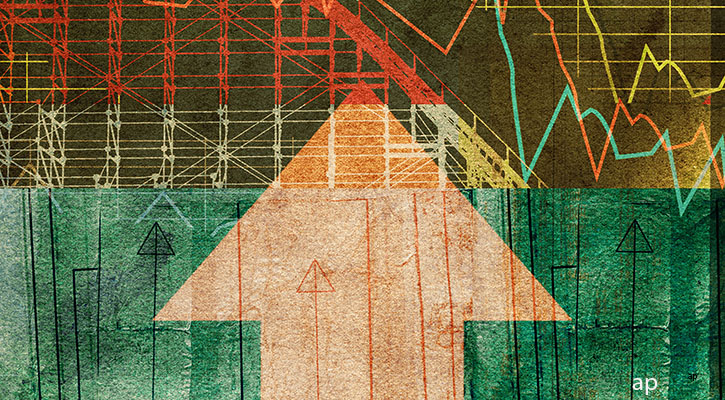Tämä video tarjoaa mainion sukelluksen korkosijoittamisen maailmaan. Salkunhoitaja Fraser Lundie kertoo, miten hän varautuu pitkien korkojen mahdollisuuteen. Lundien mielestä salkkua kannattaa nojata korkealuokkaisiin high yield -lainoihin (high yieldit ovat alle BBB-luokiteltuja lainoja) eikä lisätä luottoriskiä, kuten monet salkunhoitajat ovat tehneet. Hänestä ei myöskään kannata paeta korkoriskiä lyhentämällä salkun duraatiota vaan pidentämällä sitä.
Emma Wall: Hello, and welcome to Morningstar. I'm Emma Wall, and here with me today to give his three investment tips is Fraser Lundie, manager of the Hermes Global High Yield Bond fund.
Hello, Fraser.
Fraser Lundie: Hi, there.
Wall: So, what's your first investment tip?
Lundie: I would say that in high yield right now there is a growing consensus that in order to avoid the interest rate risk of rising bond yields in the market right now you should either go into short duration or you should go down in quality to add more spread cushion. And I think that idea of swapping interest rate risk for credit risk is deeply flawed and dangerous right now.
So, I would essentially take the opposite view of that, and go up in quality as much as possible, into BB land and as far out of the curve as possible, into 10-year plus duration.
Wall: Fantastic. So, quality and length.
Lundie: I mean, we're talking of a situation right now where the pickup in spread to go from say BBs to CCCs is back at 2007 levels of lows, and curve steepness, i.e., the amount of credit spreads you're getting at the short part of the curve versus the long is also now at 10-year steeps. So, both the short duration argument and the donning quality argument are difficult for me on a valuation perspective.
Wall: And what's your second investment tip?
Lundie: I would say that the key problem with my first tip is you're therefore taking more interest rate risk, BBs and long part of the curve. Again there are ways of mitigating that. For us that means that just like you would do in an investment grade portfolio, you can hedge out a large degree of that risk with government bond futures or the other way that we look at accessing that credit risks via CDS (credit default swaps) rather than investing in bonds.
Both of those essentially get you to the same place as a lot of consensus right now, which is mitigating interest rate risk, but we think that by doing that and going up in quality you're left with the better risk adjusted return portfolio.
Wall: So very much about diversifying then?
Lundie: Yes, so by security selection and about sensibly managing that interest rate risk without swapping it for more credit risk.
Wall: And what's your third investment tip?
Lundie: The third one right now, I think, is a very well talked about in the market, which is related to liquidity risk. We're in a market right now where the banks are not able to provide liquidity as they were due to the unintended consequences of regulation among other things. At the same time, the market as a whole, global high yield, has continued to grow exponentially, and so you have this perfect storm of liquidity.
For me, that means that you need to focus on bonds, which will continue to trade through bouts of volatility that for me is large-cap structures, and cap structures at particularly where there is bonds outstanding in multiple currencies and CDS. I think they're very cheap right now when you compare them to a lot of what's coming to the new issue market; single bonds, small company, not very many owners and when volatility does spike up, you do wonder who is going to be the natural buyer of that type of security.
Wall: Does that push you towards developed markets then because they just simply have more mega caps and large cap structures?
Lundie: I would say yes and no at the same time as it might be domiciled in developed market. These types of large-cap companies that I am referring to are the types that will have a globally diversified business profile, and so their end markets will end up being global, including imaging markets.
Wall: So the revenue streams are coming from those growth markets.
Lundie: Exactly yes.
Wall: Fraser, thank you very much.
Lundie: Thank you.
Wall: This is Emma Wall for Morningstar. Thank you for watching.




















